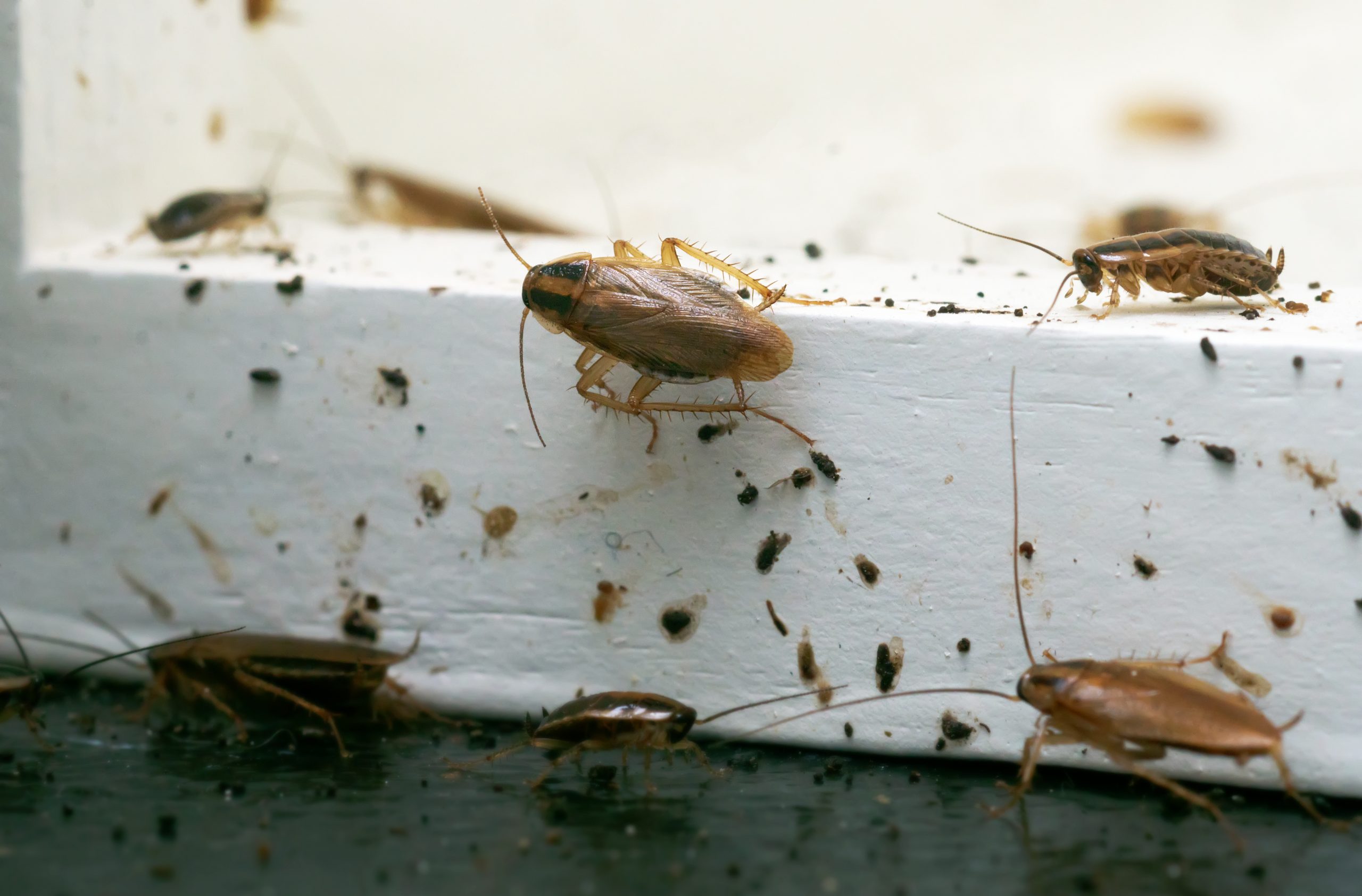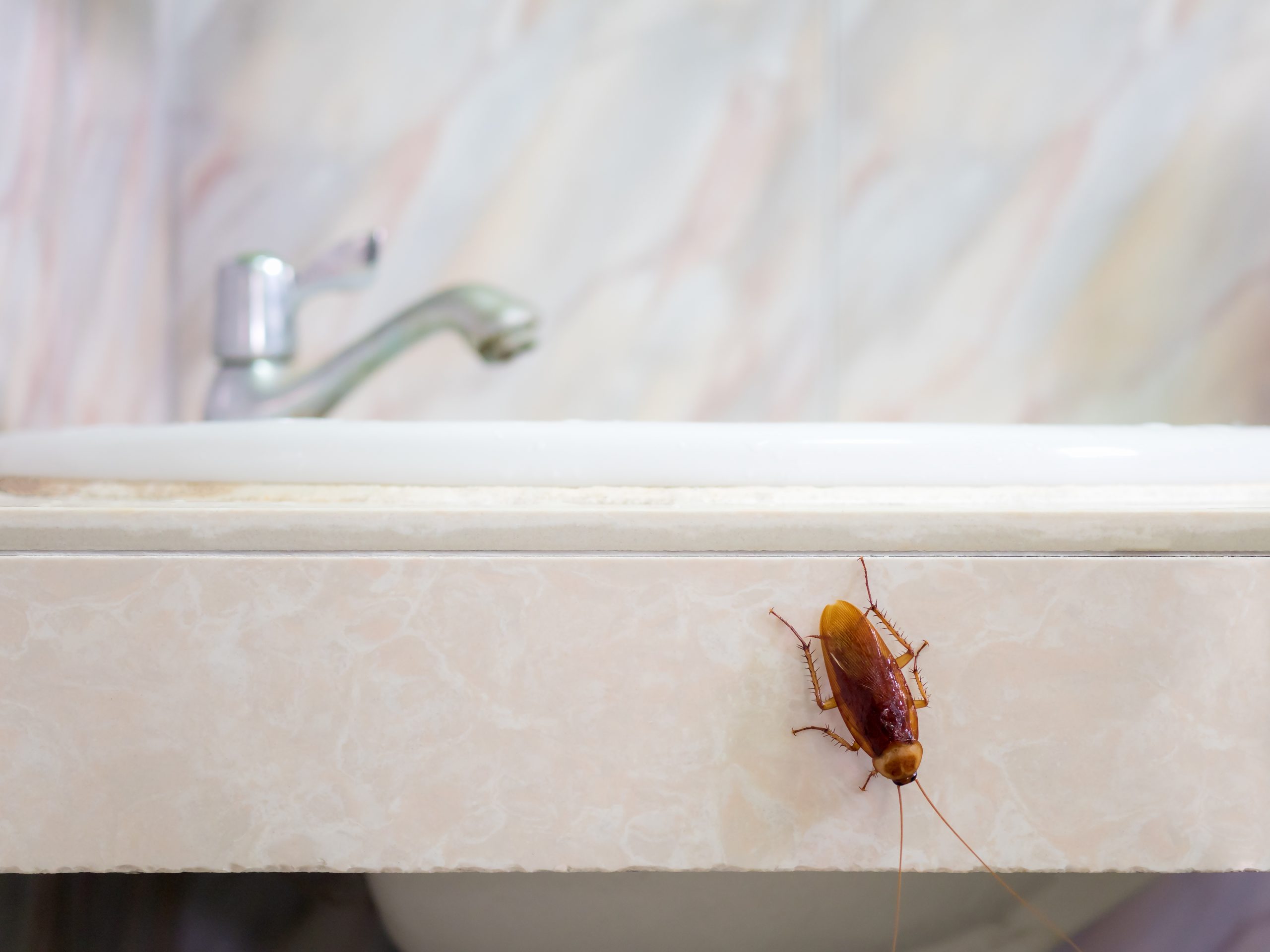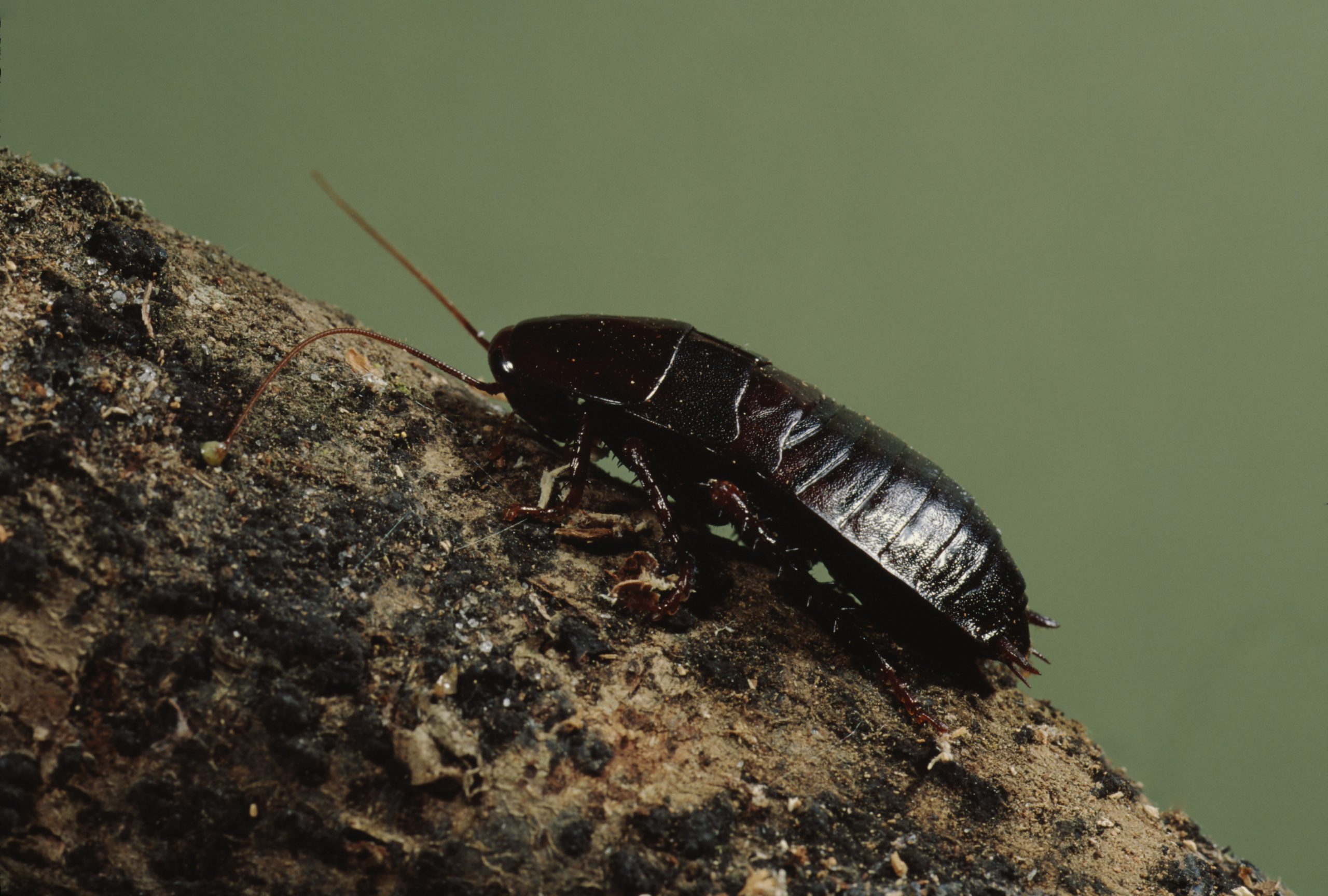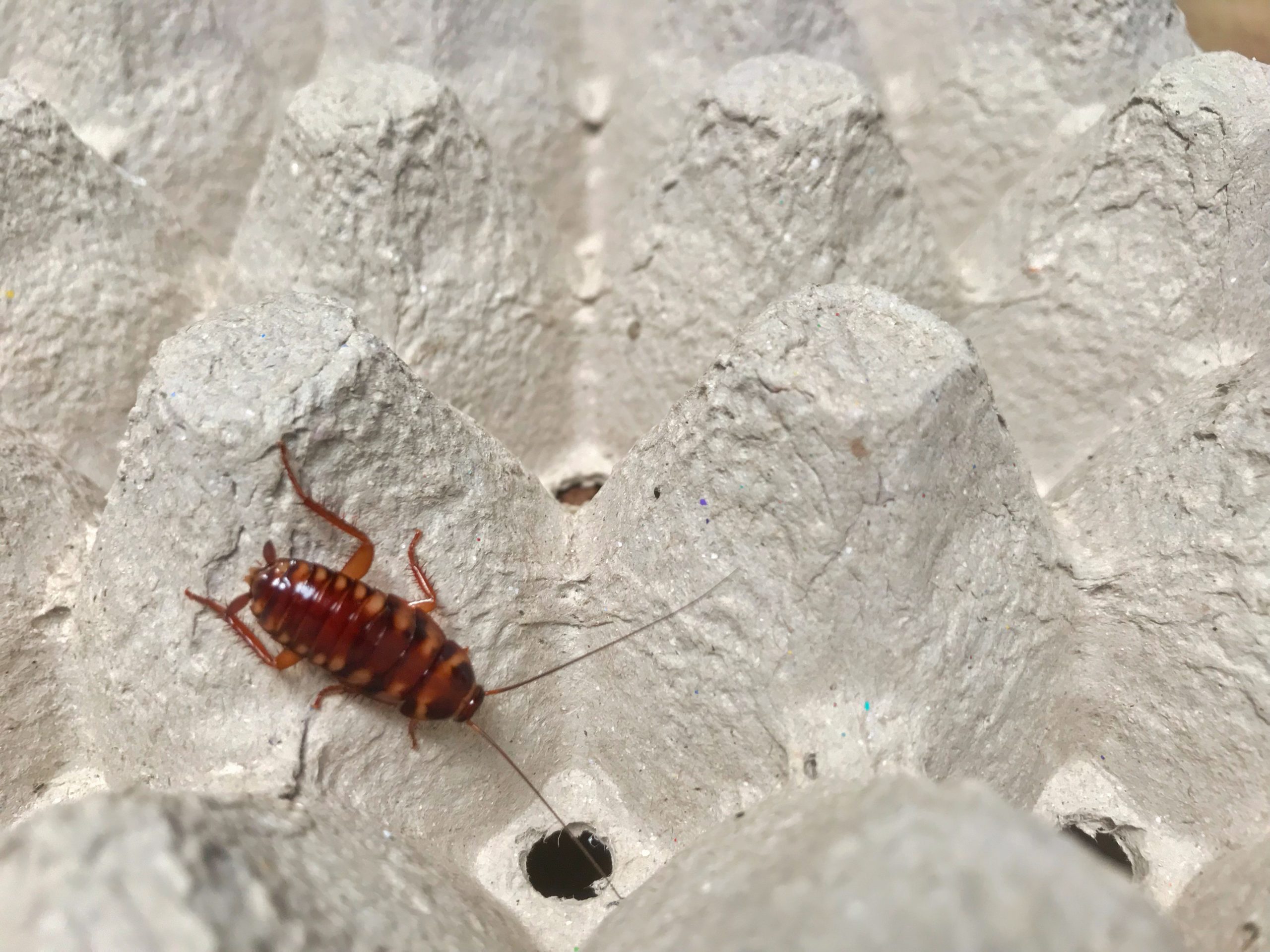If you live in Florida, odds are you have had a run-in with cockroaches in one way or another. This could mean indoor invaders scavenging your home looking for food, or outdoor pests attracted to adverse weather conditions like heavy rain or humid conditions. With cockroaches being such a common pest, the better question to consider is how to respond when signs of an infestation arise, and how to prevent cockroach activity in the first place. Being that Florida provides the ideal climate, humidity, and environment for cockroaches, these pesky critters have been known to cause indoor and outdoor trouble, specifically for homeowners and food businesses.
The first step in treatment is identifying which species of cockroach you are dealing with. No two methods of treatment are exactly the same and they would not be effective on all roach populations. Identifying each species is not an easy task, and misidentification can lead to mistreatment. Each species of cockroach has different appearances and behaviors, and also requires varying treatment options to keep them away for good.
To make things even more complicated, many areas in the Southern United States have adopted nicknames to describe a prevalent species of roaches. Here in South Florida, people often group many different species of cockroach to be a native “palmetto bug,” when they might actually be more insidious invaders.
The best thing you can do is learn the other common types of cockroaches in South Florida to know the difference:
German cockroaches – These are smaller than other species, enabling them to more easily avoid humans. They also reproduce rapidly and require effective baiting at cracks and crevices around the home to be eliminated. This type of roach is not found outside and is often introduced into the home from baggage and boxes. This species is common to see in kitchens, behind appliances, or in bathrooms.

American cockroaches – This species thrives in Florida’s hot, humid weather and can grow up to 3 inches in length. That is because they are commonly found in damp places like drains and sewers, but also around food preparation areas because they scavenge for anything they can eat. In Florida, it is common to see these critters seeking shelter in our garages, flower beds, and attics. In the Southern United States, they are most commonly called “palmetto bugs.”

Oriental cockroaches – They are generally found outdoors but may venture inside during times of drought. They are about 1.25 inches long and enjoy high-moisture areas such as sewers and drains. They are usually an occasional invader.

Brown-banded cockroaches – These are about a half-inch in length and prefer warm, dry locations. They’re more commonly found in living rooms, bedrooms, and closets.

Which type of cockroach is the most dangerous?
The results of many scientific studies have recently concluded that over the years, German cockroach populations have expanded significantly faster, and carry a much higher tolerance to treatment – more than almost all other species of cockroach. Since the 1950s, German cockroaches have been developing resistance to every insecticide class introduced.
When baits were first introduced to cockroach populations, they were loaded with sugar. Roaches are attracted to glucose and need it to promote growth, energy, and reproduction. German cockroaches caught on to these traps and developed an adaptive behavioral aversion to glucose, signaling their taste neurons to react negatively when ingesting sugar baits.
Are cockroaches harmful to humans?
It is commonly known that rodents and mosquitoes carry disease, but cockroaches are equally dangerous in this regard. Roaches can carry bacteria and viruses on their bodies and spread disease via their droppings.
In response to this, Nozzle Nolen proudly uses sustainable roach control tactics. They feature the lowest toxicity levels possible to control and prevent population spikes in and around the home.
If you see one of these cockroaches, here are some steps you can take to reduce the risk of seeing more:
- Dispose of trash quickly and properly.
- Do not let dishes gather in the sink for long periods of time.
- Keep food in the refrigerator or in airtight containers.
- Seal off any openings inside and outside the house.
- Roaches leave droppings that look like coffee grounds. Make sure you don’t see any in your cupboards or drawers.
If you start to see many more cockroaches and suspect you have an infestation, contact us today. Nozzle Nolen has more than 20,000 customers and 70 years of experience. We’re constantly innovating and training to build on our expertise. Our 365 COMPLETE Home Protection Package covers cockroaches, rodents, termites, and many other pests common to South Florida.




